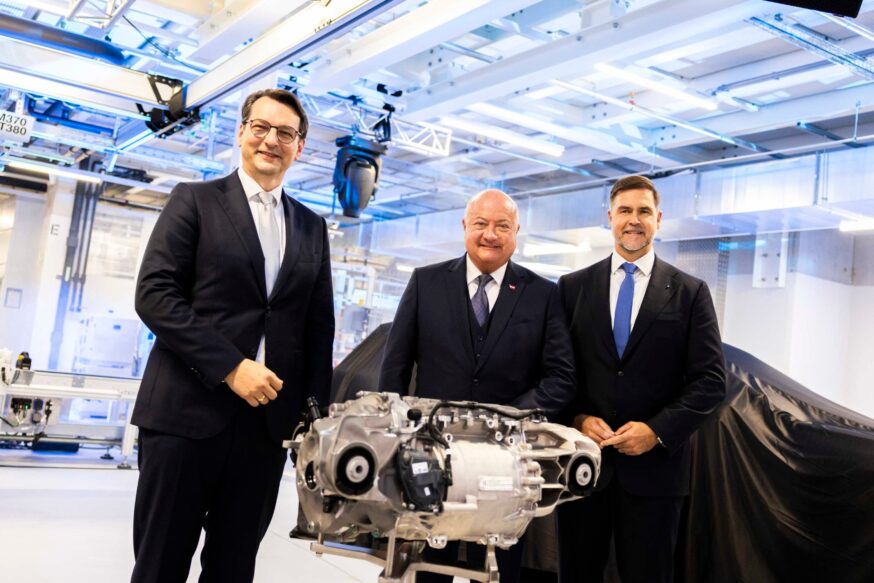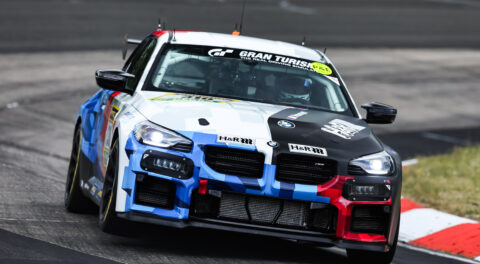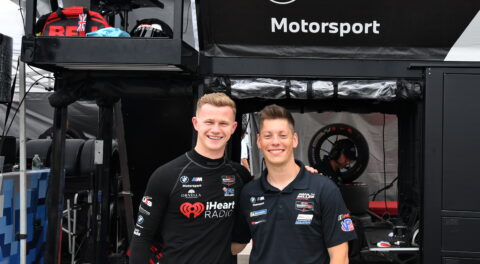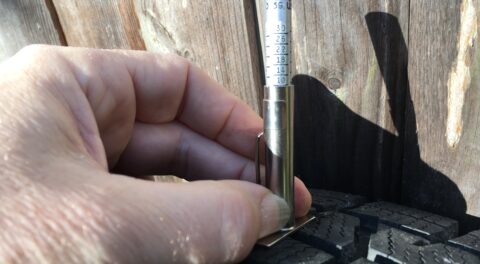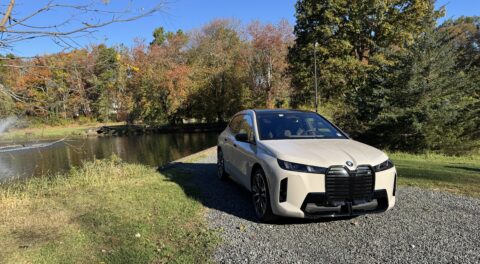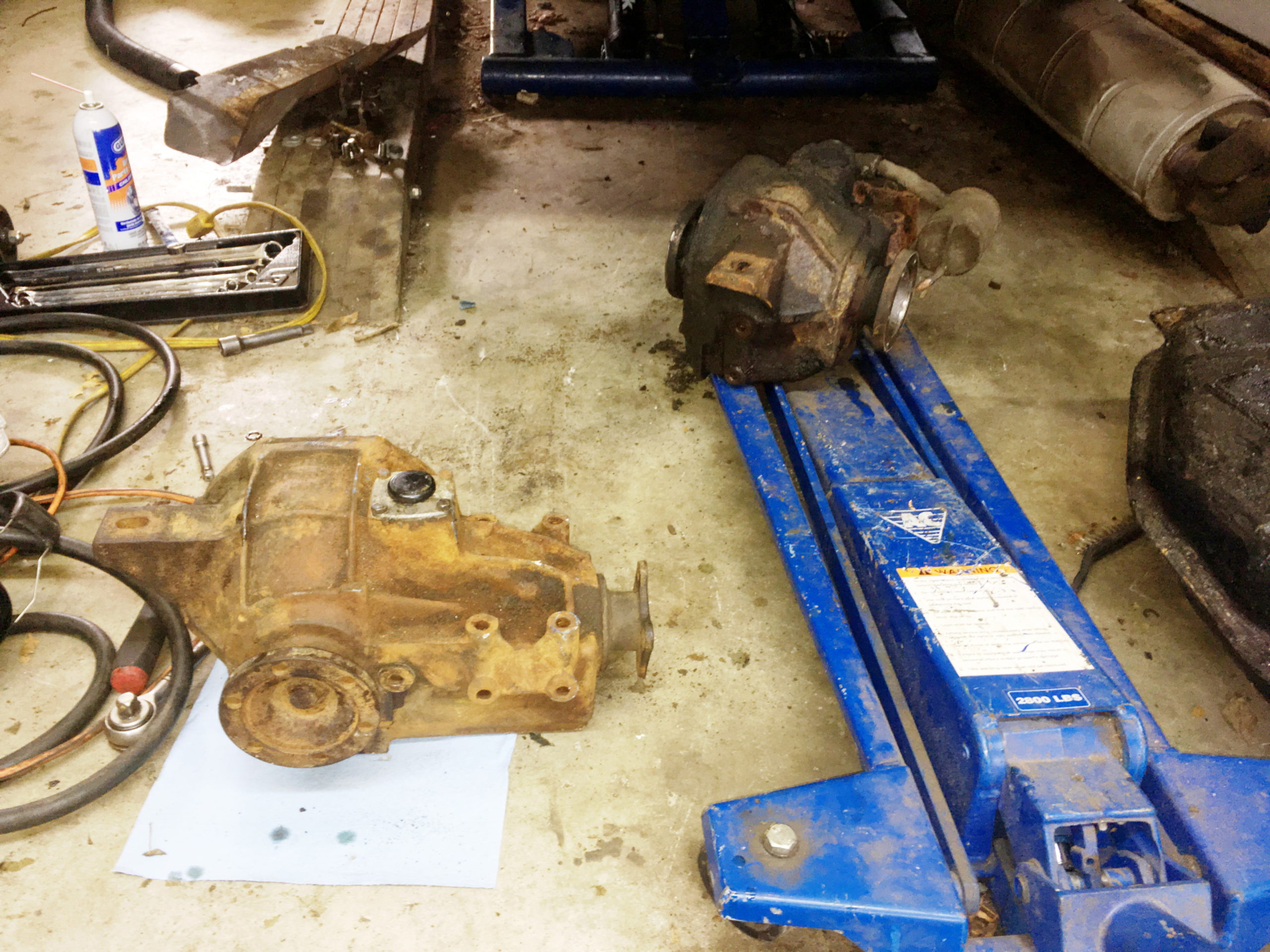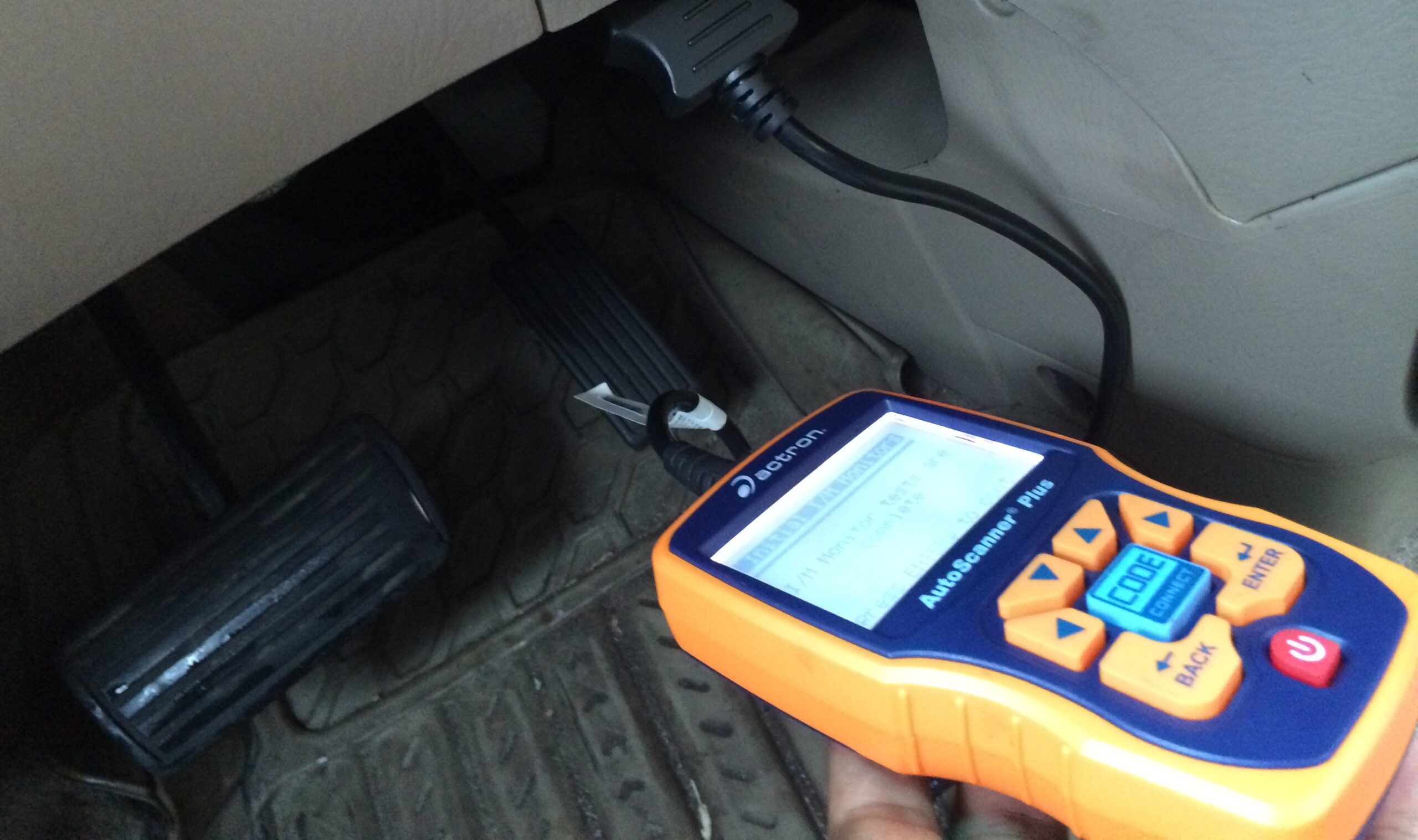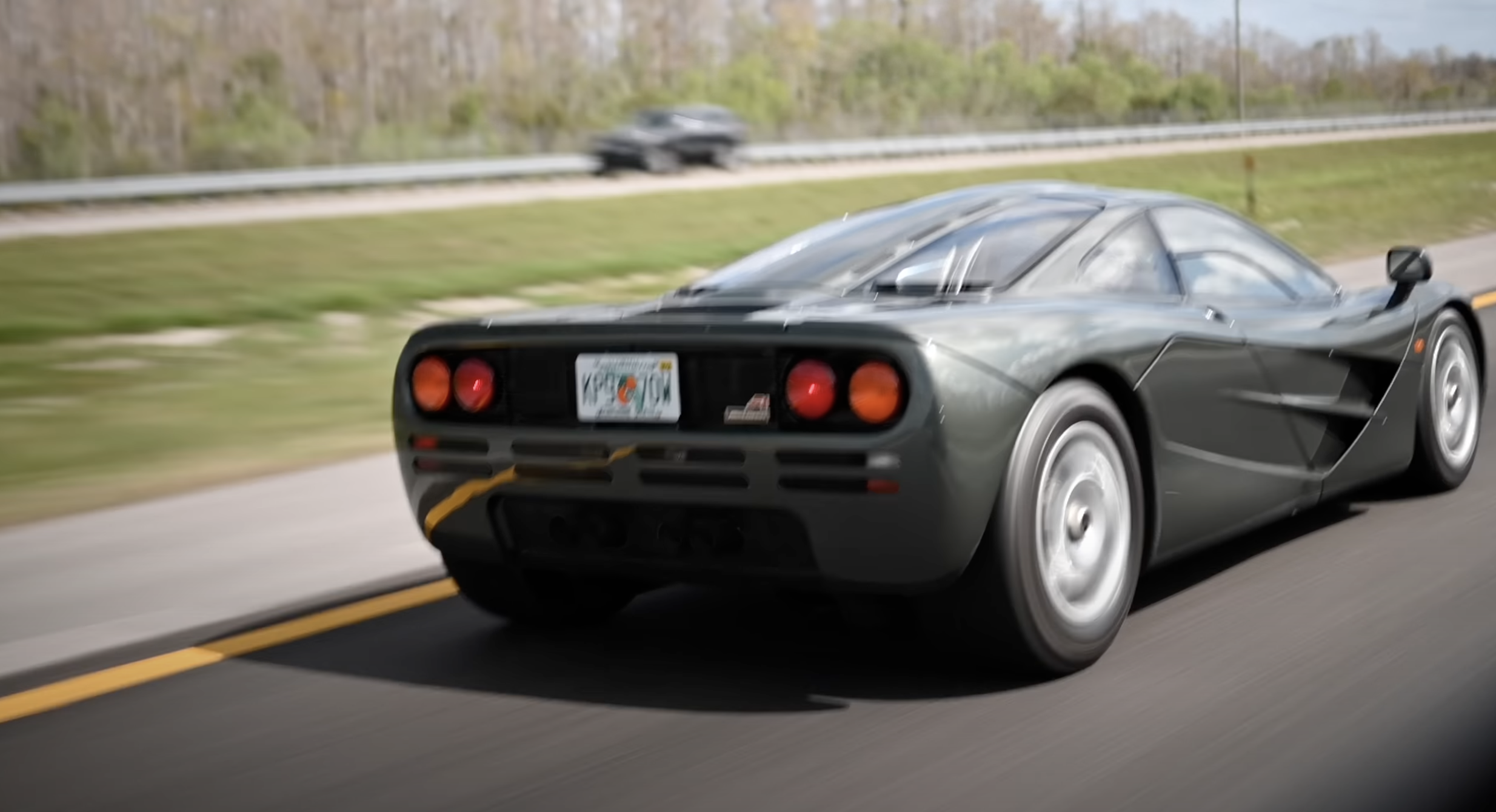Munich/Steyr (Austria). The BMW Group Plant Steyr today began series production of the e-engine for the Neue Klasse. “Today, we are laying the foundations for the future of the BMW Group,” explained Milan Nedeljković, member of the Board of Management of BMW AG responsible for Production. “As the first production site for the Gen6 electric engine, Plant Steyr is central to the Neue Klasse and the continued development of our global production network.” The electric engine for the sixth generation of BMW eDrive (Gen6) is the first fully-electric drive train to be produced at the Steyr location in Austria. From there, it will be shipped throughout the production network, providing the drive train for the Neue Klasse. “Three years ago, we announced that we would build this electric engine in Steyr. Today, we are proud to deliver it,” said Klaus von Moltke, SVP of Engine Production for BMW AG and plant director of the Steyr facility. “What we are launching here today is more than just a production ramp-up. It is a firm commitment to Europe, to technology and to the future.”
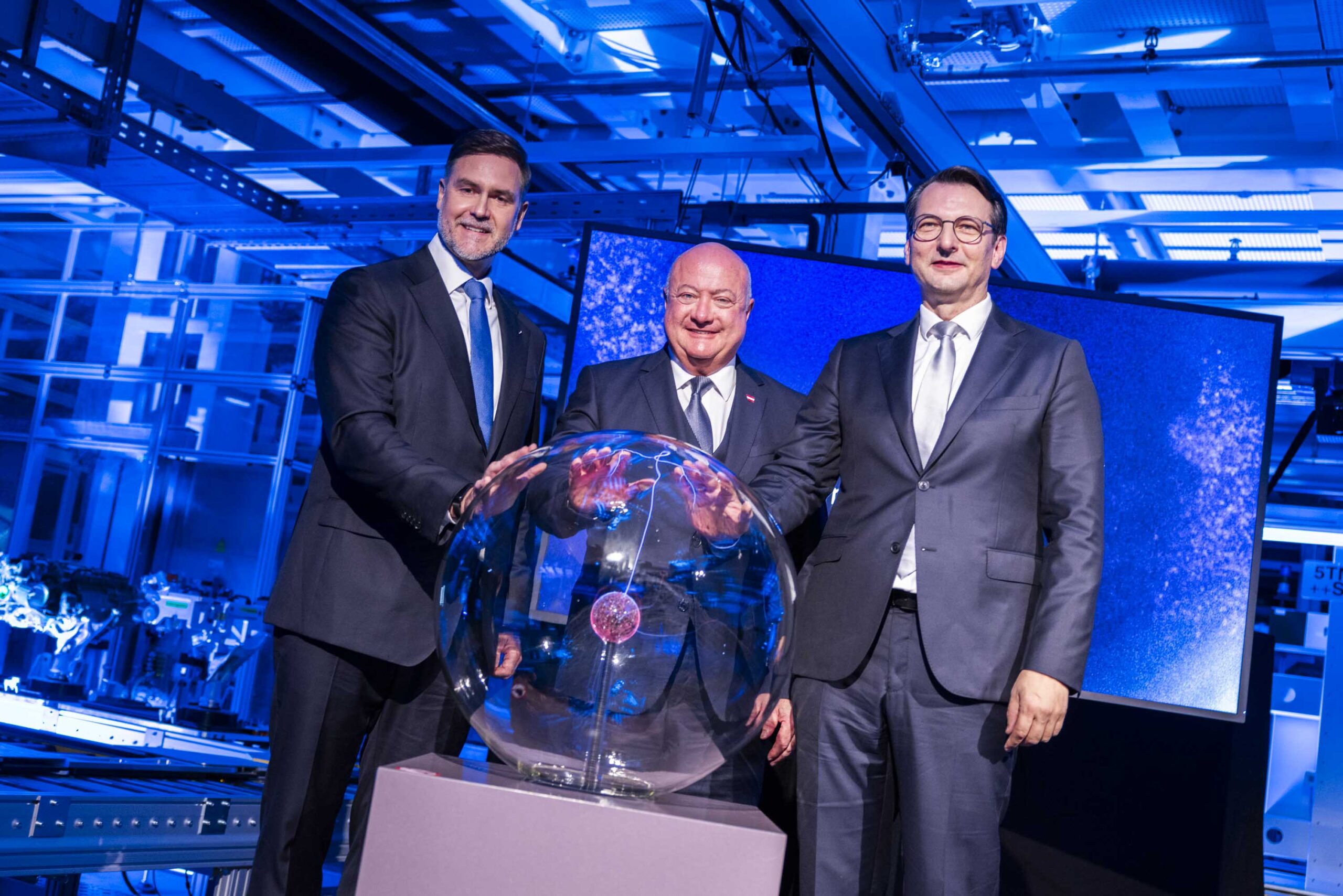
The initial moment for the start of e-engine series production at the BMW Group Plant Steyr (from left): Klaus von Moltke, SVP of Engine Production at BMW AG, with the Austrian Chancellor Christian Stocker and Milan Nedeljković, Member of the Board of Management for Production at BMW AG.
Technology openness: Plant Steyr as centre of drive train expertise
Between the project launch in 2022 and 2030, the BMW Group is investing over one billion euros in expanding development and production expertise for e-drives at the Steyr location. This capacity expansion will ensure the plant remains the BMW Group’s leading location for drive trains. For over 40 years, the plant has developed and manufactured internal combustion engines for the BMW and MINI brands. This extensive experience and wealth of expertise in drive trains make the engine plant the ideal facility to produce the Gen6 electric engines. The site will continue to manufacture diesel and petrol engines in parallel. “Technology openness is our strength – it gives us the necessary flexibility to secure long-term jobs,” said von Moltke. Around 1,000 employees will work in the new electric engine assembly. Depending on global demand, half of the Steyr location’s total workforce could be employed in e-mobility by 2030. von Moltke: “Steyr will remain the heart of our drive train expertise – both for combustion engines and electromobility.”
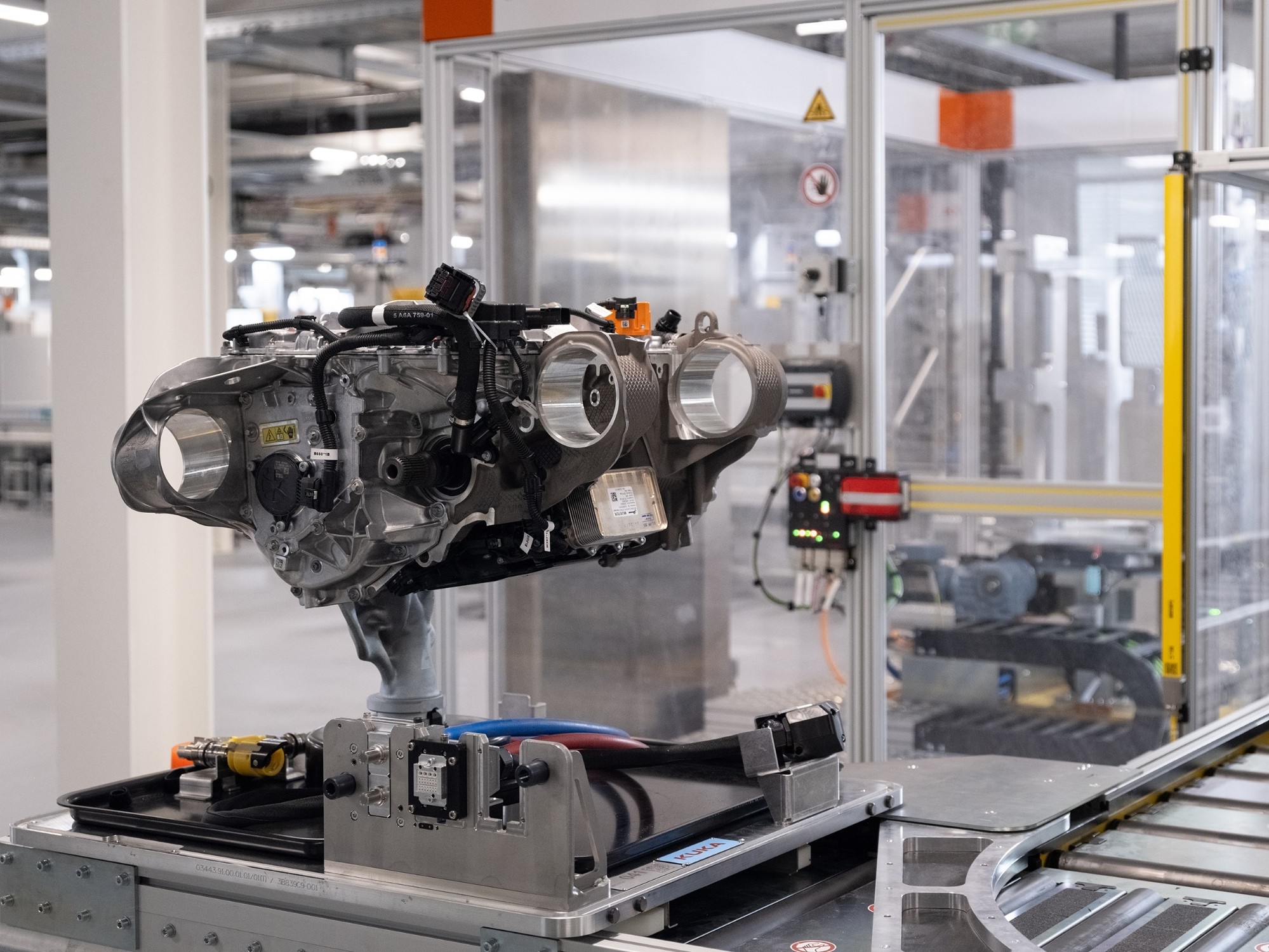
E-Engine Production at BMW Group Plant Steyr.
Powertrain components produced in Steyr, aluminium housings from Landshut
Rotor, stator, transmission and inverter – all core components of the innovative, highly integrated e-drive – will be manufactured at Plant Steyr. The housing for the electric engine will be cast at Plant Landshut’s aluminium foundry and further processed in Steyr. The inverter will be produced in a new in-house clean-room environment, marking the Austrian engine manufacturer’s entry into the field of electrical engineering. E-drive components from Steyr will be assembled on two new lines. The overall production concept for the Gen6 e-drive follows the principle of a modular system, making it possible to produce different highly flexible electric drive train derivatives for the entire range of Neue Klasse models. The modular concept generates positive economies of scale and cost savings in both development and production. It also improves the scalability of production volumes and keeps production, supply networks and procurement highly flexible.
Comprehensive improvements to electric engine
The electric engine has undergone significant further development for Gen6: The rotor, stator and inverter have all been holistically designed for the Gen6 technology’s new 800-volt architecture, maximising performance capabilities and the efficiency of the drive system. In the inverter, 800-volt technology and silicon carbide (SiC) semiconductor technology are now being used to boost efficiency. Fully integrated into the electric engine housing, the inverter converts direct current from the high-voltage battery into alternating current for the electric engine.
Lower weight, costs and energy loss lead to greater vehicle efficiency
Overall, the intelligent use of new technologies in the e-drive and systematic further development of existing systems produce remarkable results. Comparing the future BMW iX3 50 xDrive with a Gen5 xDrive model shows the following improvements in the electric engine: “Energy loss is reduced by 40 percent, costs by 20 percent and weight by 10 percent. All this makes a significant contribution to the approximately 20-percent increase in overall vehicle efficiency”, explains Martin Kaufmann, SVP of global Powertrain Development at BMW AG. The efficient design of the powertrain together with the high energy content of the high-voltage battery, enable a range of up to 800 km (WLTP) in the BMW iX3 50 xDrive, the first model of the Neue Klasse.
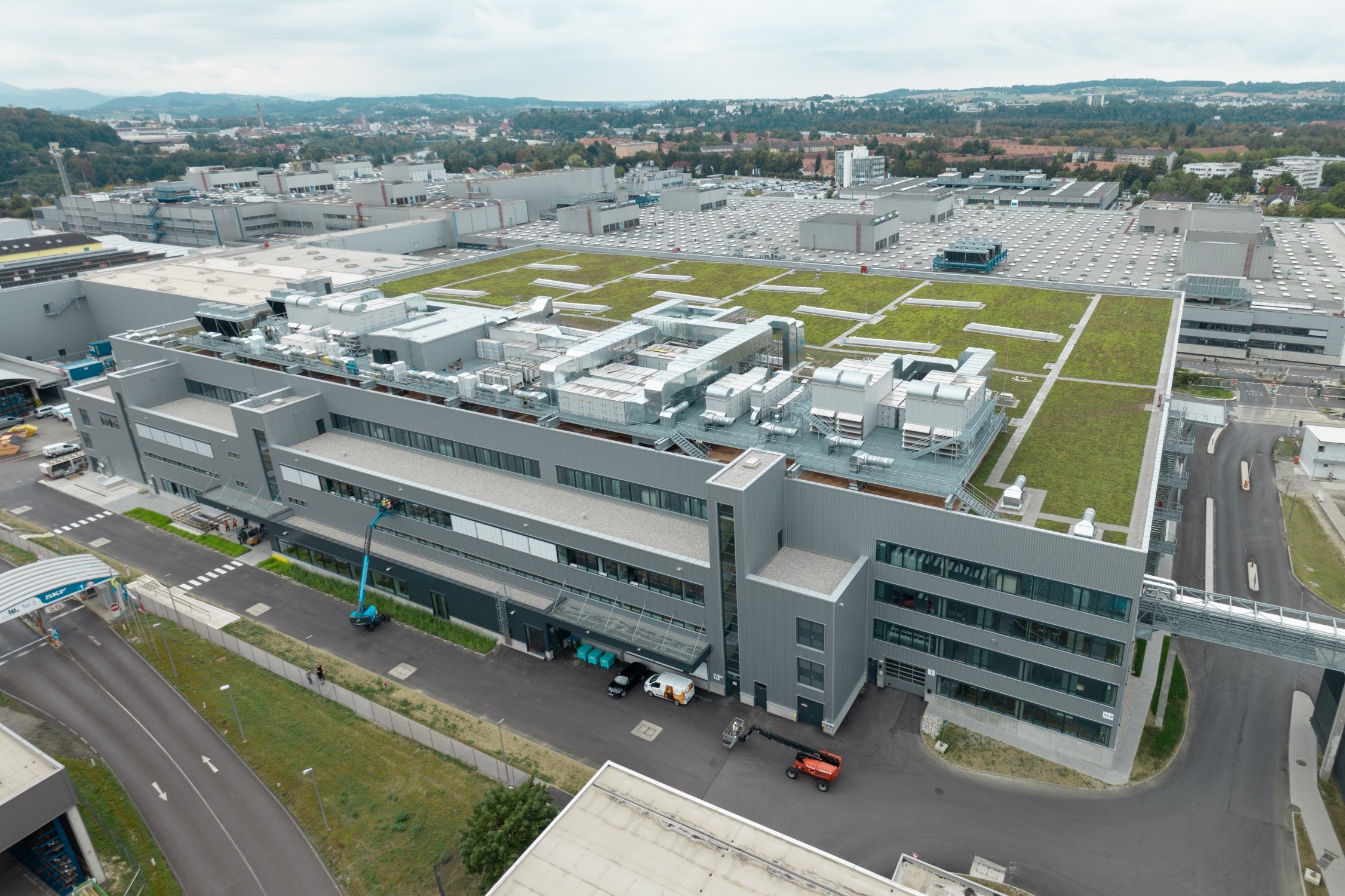
The newly built assembly hall for electric motors at the BMW Group plant in Steyr.

